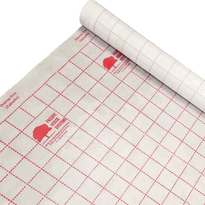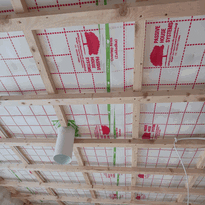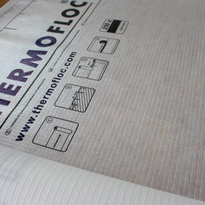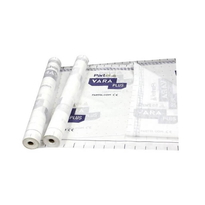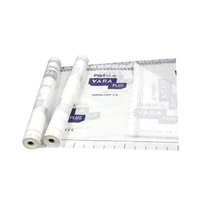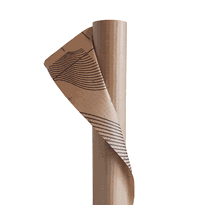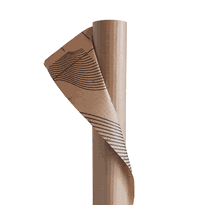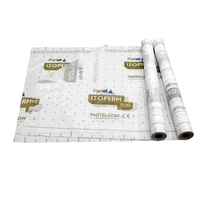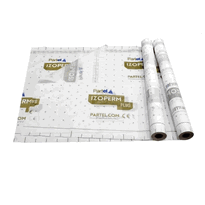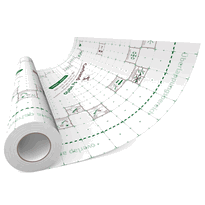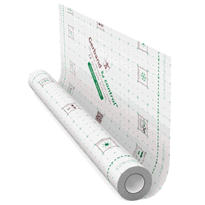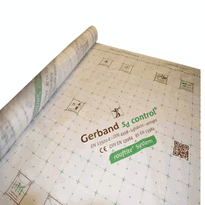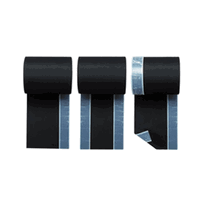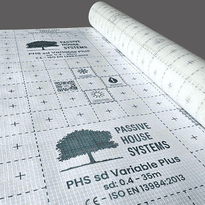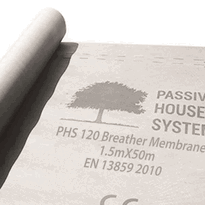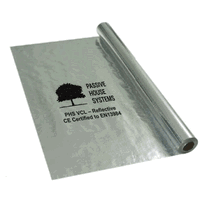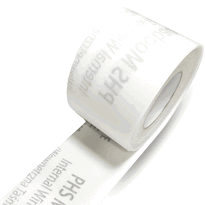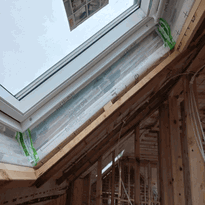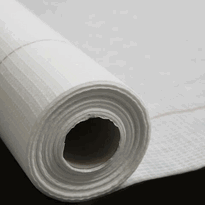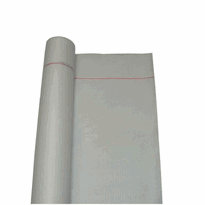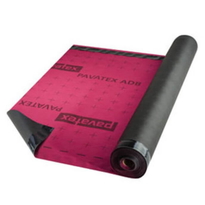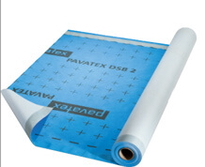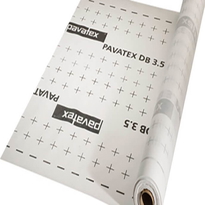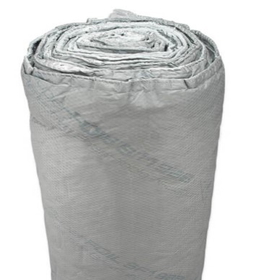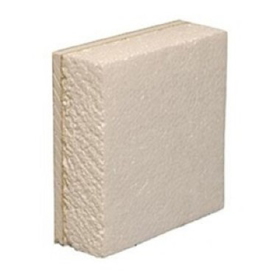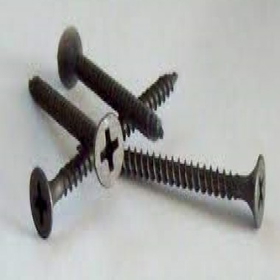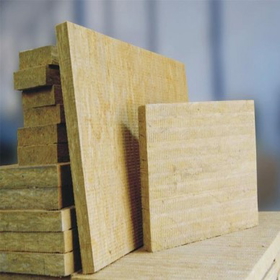Similar Categories
Airtight Membrane: What You Need to Know
If you are looking for a way to improve the energy efficiency, comfort, and durability of your building, you might want to consider installing an airtight membrane. An airtight membrane is a material that prevents the movement of air through the building envelope, reducing heat loss, condensation, and draughts.
In this article, we will explain what an airtight membrane is, why it is important, how to choose and install one, and what products are available from Buy Insulation Online.
What is an Airtight Membrane?
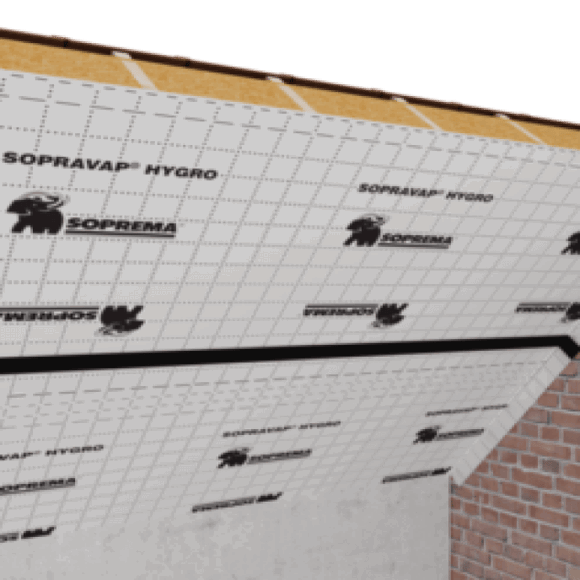 An airtight membrane is a layer of material that is applied to the internal or external surface of the building structure, such as walls, roofs, floors and ceilings, to create a continuous barrier against air leakage. Air leakage is the uncontrolled flow of air through gaps and cracks in the building envelope, which can cause significant energy loss, moisture problems and discomfort for the occupants.
An airtight membrane is a layer of material that is applied to the internal or external surface of the building structure, such as walls, roofs, floors and ceilings, to create a continuous barrier against air leakage. Air leakage is the uncontrolled flow of air through gaps and cracks in the building envelope, which can cause significant energy loss, moisture problems and discomfort for the occupants.
An airtight membrane can be made of various materials, such as polyethylene, polypropylene, polyester, paper or wood fibre. It can have different properties, such as vapour permeability, vapour resistance, elasticity and durability. Depending on the type and location of the membrane, it can also act as a vapour control layer (VCL) or a breather membrane.
A vapour control layer (VCL) is a material that limits the movement of water vapour by diffusion and air movement. It is usually installed on the warm side of the insulation to prevent condensation within the building structure. A breather membrane is a material that allows the passage of water vapour by diffusion, but not liquid water or air. It is usually installed on the cold side of the insulation to protect it from wind and rain.
Why is an Airtight Membrane important?
An airtight membrane is important for several reasons:
- It improves the thermal performance of the building by reducing heat loss due to air leakage. According to the UK Building Regulations, the maximum permissible air permeability of buildings is 10 m3/(h.m2) at 50 Pa pressure difference. However, studies have shown that air leakage can account for up to a third of all heat losses in modern buildings. By installing an airtight membrane, you can achieve much lower air permeability levels, such as 3 m3/ (h.m2) or even 0.6 m3/(h.m2), which is the standard for passive houses.
- It reduces the risk of condensation and mould growth by preventing moist air from entering the building structure and causing dampness and decay. Condensation can occur when warm, humid air meets a cold surface and cools down below its dew point. This can happen within the building structure, such as in the insulation, timber or metal frames, or on the internal surface of the building envelope, such as on windows or walls. Condensation can lead to insulation and structural degradation, mould growth, health problems and poor indoor air quality.
- It enhances the comfort and health of the occupants by eliminating draughts and improving the indoor air quality. Draughts are caused by air leakage through gaps and cracks in the building envelope, which can create cold spots, noise, and dust. Draughts can reduce the effectiveness of the heating system, increase energy consumption, and lower the comfort level of the occupants. By installing an airtight membrane, you can create a more stable and pleasant indoor environment, where the temperature, humidity and air quality are controlled by a mechanical ventilation system with heat recovery (MVHR).
How to choose and install an Airtight Membrane?
Choosing and installing an airtight membrane requires careful planning and attention to detail. Here are some steps to follow:
- Assess the design and construction of the building and identify the potential sources of air leakage. These can include joints, corners, openings, penetrations, connections and transitions between different materials and elements. You should aim to minimise the number and size of these gaps and cracks by using appropriate techniques and materials.
- Select the type and location of the airtight membrane that suits your project. You should consider the following factors: the type and thickness of the insulation, the type and orientation of the structure, the climate and exposure of the site, the vapour and moisture behaviour of the building, the fire and acoustic requirements, and the cost and availability of the products. You should also consult the manufacturer’s specifications and recommendations for the chosen membrane.
- Install the airtight membrane according to the best practice guidelines and standards. You should follow these principles: create a continuous and robust single airtight layer or air barrier, seal all gaps and cracks with compatible tapes, adhesives, and sealants, ensure a tight fit and overlap between the membrane and the structure, avoid punctures and tears in the membrane, and test the airtightness of the building with a blower door test.
What products are available from Buy Insulation Online for Airtight Membrane?
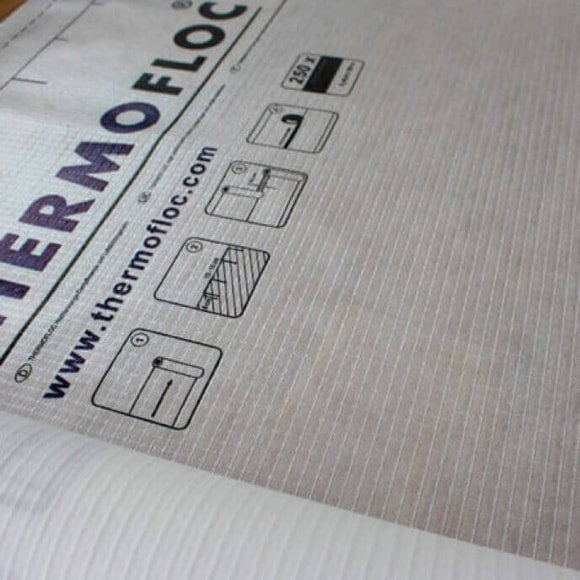 Buy Insulation Online is a leading online supplier of insulation and airtightness products in the UK. We offer a wide range of high-quality airtight membranes for different applications and budgets. Here are some of the products that you can find on our website:
Buy Insulation Online is a leading online supplier of insulation and airtightness products in the UK. We offer a wide range of high-quality airtight membranes for different applications and budgets. Here are some of the products that you can find on our website:
- Thermafloc VSD Vapour Control Layer: This is a vapour control and airtight membrane made of recycled cellulose fibres with a variable vapour resistance. It adapts to the humidity level in the building and allows vapour diffusion in both directions. It is suitable for roofs, walls and floors, and can be used with natural insulation materials, such as wood fibre, hemp or sheep wool. It is easy to install, durable and fire-resistant. You can buy it from our website for £1.20 per m2.
- Sopravap Hygro Vapour Control and Airtight Membrane: This is a vapour control and airtight membrane made of polyethene with a hygroscopic coating. It regulates the vapour diffusion according to the relative humidity in the building and prevents condensation. It is suitable for roofs, walls and floors, and can be used with mineral wool, glass wool or foam insulation. It is easy to install, flexible and tear-resistant. You can buy it from our website for £1.80 per m2.
- Pavatex DB35 Airtight Membrane: This is an airtight and windtight membrane made of wood fibre. It provides a high level of airtightness and protects the insulation from wind and rain. It is suitable for roofs and walls and can be used with natural or synthetic insulation materials. It is easy to install, breathable and durable. You can buy it from our website for £2.40 per m2.
If you are interested in any of these products or want to browse more options, please visit our website at Buy Insulation Online You can also contact us for any queries or advice. We are happy to help you with your airtightness project and provide you with the best products and services.
Conclusion
To conclude, an airtight membrane is a material that prevents the movement of air through the building envelope, reducing heat loss, condensation and draughts. It is important for improving the energy efficiency, comfort and durability of the building.
Choosing and installing an airtight membrane requires careful planning and attention to detail. You should consider the type and location of the membrane, the type and thickness of the insulation, the type and orientation of the structure, the climate and exposure of the site, the vapour and moisture behaviour of the building, the fire and acoustic requirements, and the cost and availability of the products.
You should also follow the best practice guidelines and standards for creating a continuous and robust single airtight layer or air barrier, sealing all gaps and cracks with compatible tapes, adhesives and sealants, ensuring a tight fit and overlap between the membrane and the structure, avoiding punctures and tears in the membrane, and testing the airtightness of the building with a blower door test.
If you are looking for high-quality airtight membranes for your project, you can find a wide range of products on our website at Buy Insulation Online. We offer products from different manufacturers, such as Thermafloc, Sopravap and Pavatex, with different properties, such as vapour permeability, vapour resistance, elasticity and durability. You can also contact us for any queries or advice. We are happy to help you with your airtightness project and provide you with the best products and services.
